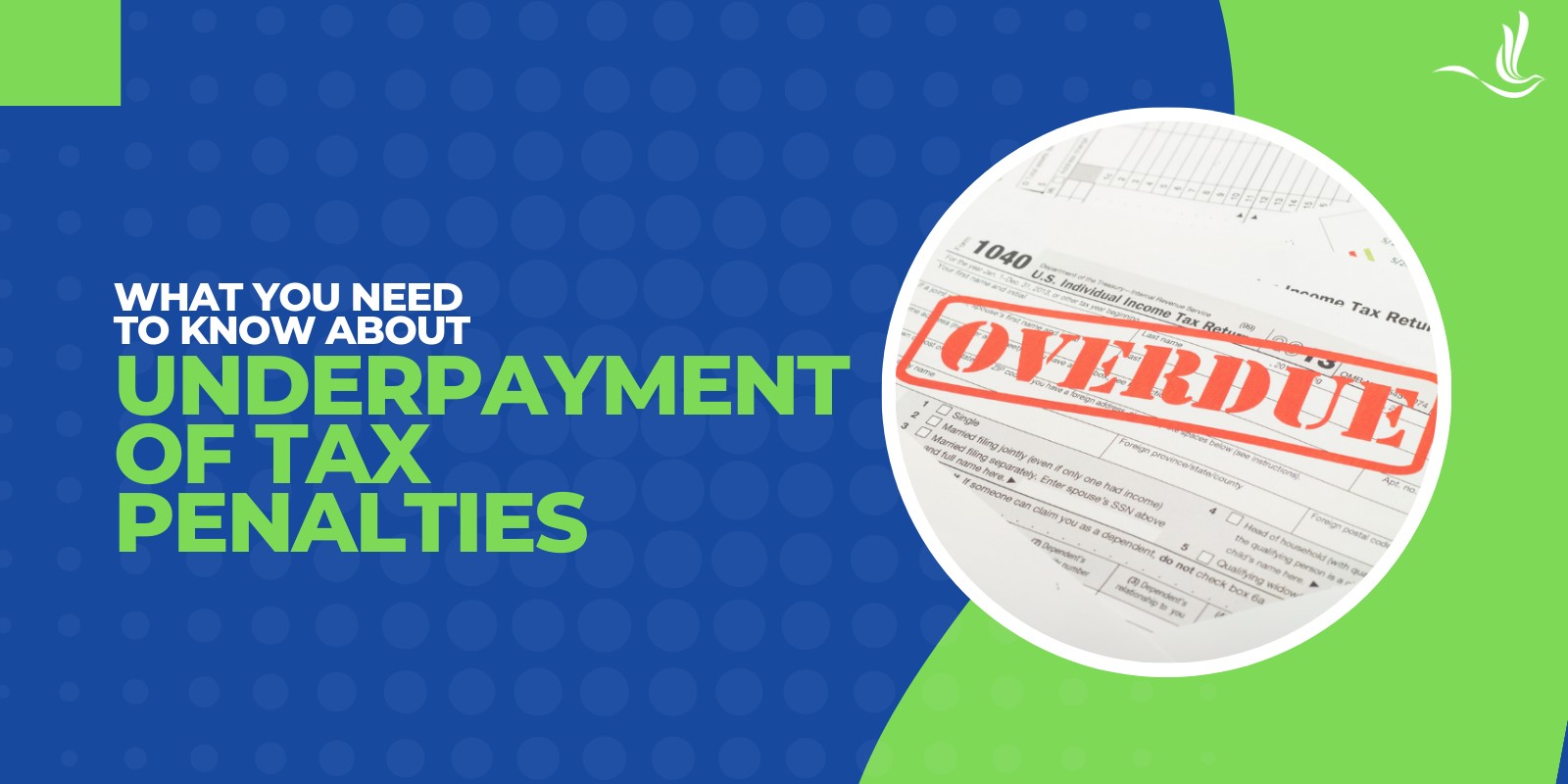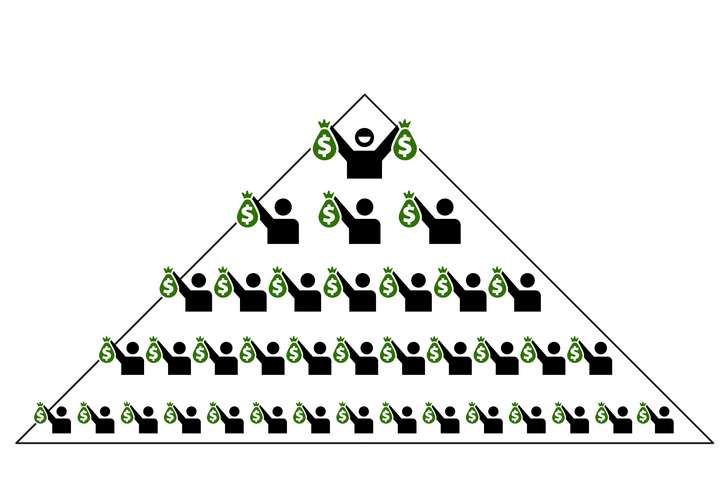Key Takeaways:
Pay taxes as you earn: The IRS operates on a pay-as-you-go system, requiring withholding from paychecks or quarterly estimated payments to avoid underpayment penalties.
Understand tax underpayment: Tax underpayment occurs when you do not pay enough of your tax liability by the due date, even if the full amount is later paid at filing.
Penalties exist for fairness and compliance: Underpayment penalties encourage timely payment, deter negligence, and ensure equitable treatment for all taxpayers.
Penalty calculation details: The IRS calculates penalties based on the underpaid amount, duration of nonpayment, and a quarterly-adjusted interest rate, with failure-to-pay penalties capped at 25% of unpaid taxes.
IRS notices provide guidance: Most taxpayers receive a mailed notice detailing the penalty, interest, and payment instructions, allowing opportunities to correct errors or dispute amounts.
Relief options are available: Penalties may be waived or reduced in cases of reasonable cause, such as disasters, disability, or retirement after age 62, typically requested using Form 843.
Taxes are an essential part of a functioning society, providing the government with the necessary funds to provide public services. However, when it comes to paying taxes, many individuals and businesses may find themselves making mistakes or underestimating their obligations. This can lead to tax underpayment, a situation that often incurs penalties. In this article, we will delve into tax underpayment penalties, why they exist, and how to avoid them.
IRS Pay-As-You-Go Requirement
The IRS operates on a pay-as-you-go system, which means taxpayers are expected to pay taxes on income as they earn it, rather than waiting until the end of the year. This applies to wages, self-employment income, dividends, interest, and other forms of taxable income. For employees, this usually happens automatically through withholding from paychecks. Employers withhold federal income tax and remit it to the IRS on behalf of the employee. For self-employed individuals or those with other income sources not subject to withholding, payments are made through estimated tax payments, typically on a quarterly basis. The goal of the system is to ensure the IRS receives tax revenue steadily throughout the year. Failing to pay enough tax as you earn it can trigger penalties, called underpayments.
What is Tax Underpayment?
Tax underpayment occurs when an individual or business doesn’t pay the full amount of taxes they owe by the due date. This can happen for various reasons, such as underestimating income, miscalculating deductions, or failing to make estimated tax payments. When you fail to meet your tax obligations fully, you may be subject to penalties. Underpayment penalties can be triggered even if you ultimately pay the full amount owed when filing your return.
Why Do Tax Underpayment Penalties Exist?
Tax underpayment penalties exist for several reasons:
Revenue Generation: One of the primary reasons for these penalties is to generate revenue for the government. While penalties act as a financial disincentive for underpayment, they also help to recoup some of the lost tax revenue.
Fairness: Tax underpayment penalties aim to create a level playing field. Those who accurately and timely pay their taxes should not be disadvantaged by those who do not. Basically, penalties encourage compliance and reduce the burden on law-abiding taxpayers.
Deterrence: The threat of penalties serves as a deterrent to discourage taxpayers from underpaying their taxes intentionally or negligently.
How Do Tax Underpayments Work?
Remember, the IRS requires you to pay taxes as you earn income through withholding or estimated tax payments. If your adjusted gross income (AGI) was $150,000 or less in the prior year, you generally must pay the lesser of 90% of this year’s tax or 100% of last year’s tax to avoid penalties. However, if your AGI was more than $150,000 (or $75,000 if married filing separately), you must pay the lesser of 90% of this year’s tax or 110% of last year’s tax to avoid underpayment penalties. You can determine this by reviewing your paycheck withholdings and making estimated payments as needed.
If you owe $1,000 or more in unpaid taxes when you file your tax return and have paid less than 90% of your current year’s tax liability, you will likely face an underpayment penalty. Here’s how tax underpayment penalties typically work.
Assessment of Underpayment
Tax underpayment penalties are assessed when you fail to pay enough income tax during the year. This is either because your tax withholding from paychecks was insufficient or you missed making accurate estimated tax payments. This can result from underreporting income, not adjusting withholding after income changes, overstating deductions, or simply not paying the required amount by the due date.
Calculation of Penalties
Penalties are calculated by the IRS based on the amount you underpaid, how long the underpayment remains unpaid, and an interest rate that is updated quarterly. Tax underpayments incur a failure-to-pay penalty of 0.5% per month (or partial month) on the unpaid tax, capped at 25% of the total unpaid balance. In addition to penalties, interest accrues at rates currently set at 7% for individuals and 9% for corporations. However, note that these rates are subject to quarterly adjustments. Typically, taxpayers receive an IRS notice if they are subject to these penalties.
Receiving an IRS Notice
Most taxpayers receive a notice from the IRS before any penalty payment is due. This notice outlines the amount owed, including penalties and interest, and provides instructions for how to pay. It serves as both a warning and a record, giving taxpayers an opportunity to review their tax situation and correct any errors before the balance grows. The notice will include important details, such as the underpaid amount, how penalties and interest were calculated, and the due date for payment. If you disagree with the IRS’s calculation, you have the right to respond or request an adjustment. Paying promptly or addressing any discrepancies early can help minimize additional penalties and interest.
When the IRS May Waive or Reduce Underpayment Penalties
In certain situations, the IRS may waive or reduce underpayment penalties if taxpayers can demonstrate that they had a valid reason for not paying enough tax on time. Common scenarios include casualty events, federally declared disasters, or other unusual circumstances that made timely payment impractical.
Additionally, taxpayers who retired after age 62 within the last two years or who have become disabled may qualify for penalty relief, provided they can show there was reasonable cause for the underpayment. Reasonable cause generally means that the taxpayer exercised ordinary business care and prudence but was still unable to meet the tax obligation.
Taxpayers seeking relief must typically request a waiver in writing and provide documentation supporting their claim. Using Form 843, “Claim for Refund and Request for Abatement,” is the standard way to formally ask the IRS to reduce or remove penalties.
Avoiding Tax Underpayment Penalties
To avoid tax underpayment penalties, follow these best practices:
Maintain Accurate Records: Keep thorough records of your income, expenses, and deductions to ensure accurate tax calculations.
Estimate Taxes Correctly: Make accurate quarterly estimated tax payments throughout the year, especially if you’re self-employed, a contractor, business owner, investor, or landlord, to avoid penalties for underpayment.
Consult a Tax Professional: Seek the advice of a qualified tax professional to help you navigate complex tax issues and ensure compliance.
File On Time: Always file your tax returns by the due date, even if you can’t pay the full amount. Filing on time can reduce late filing penalties.
Communicate with Tax Authorities: If you’re facing financial difficulties and can’t meet your tax obligations, contact the tax authority to explore payment plans or alternative solutions.
Frequently Asked Questions About IRS Underpayment Penalties
How do I calculate the exact underpayment penalty I owe?The IRS calculates underpayment penalties based on the amount you underpaid, how long it remains unpaid, and the current interest rate, which is updated quarterly. You can use IRS worksheets or the online Estimated Tax Penalty Calculator to determine the exact amount.
Which IRS form do I file to request a penalty waiver or reduction?To request a waiver or reduction of an underpayment penalty, taxpayers file Form 843, Claim for Refund and Request for Abatement, and provide documentation showing reasonable cause.
What steps can I take if I disagree with the IRS notice?If you disagree with an IRS notice, you can respond in writing, request an adjustment, or contact the IRS to discuss corrections before the penalty payment is due.
How do changes in income or deductions mid-year affect my estimated payments?If your income increases or deductions decrease mid-year, you may need to adjust your estimated tax payments or paycheck withholding to match your new tax liability. Updating your Form W-4 or recalculating your quarterly payments can help prevent underpayment penalties.
Are there state-level underpayment penalties I should watch for?Many states have their own underpayment or estimated tax penalties, often similar to federal rules, so check your state tax agency for specific requirements and rates.
Conclusion
Tax underpayment penalties are designed to encourage compliance with tax laws, promote fairness, and generate revenue for the government. However, these penalties can be avoided by accurately estimating and paying your taxes, maintaining good financial records, and seeking professional advice when necessary. By following these steps, you can navigate the complex world of taxes and minimize the risk of tax underpayment penalties. Remember, staying informed and proactive is the key to a trouble-free tax season. Optima Tax Relief is the nation’s leading tax resolution firm with over a decade of experience helping taxpayers with tough tax situations.
If You Need Tax Help, Contact Us Today for a Free Consultation


























